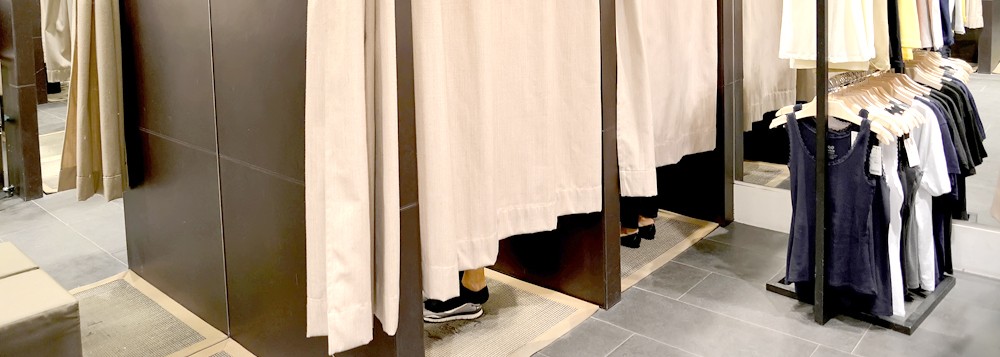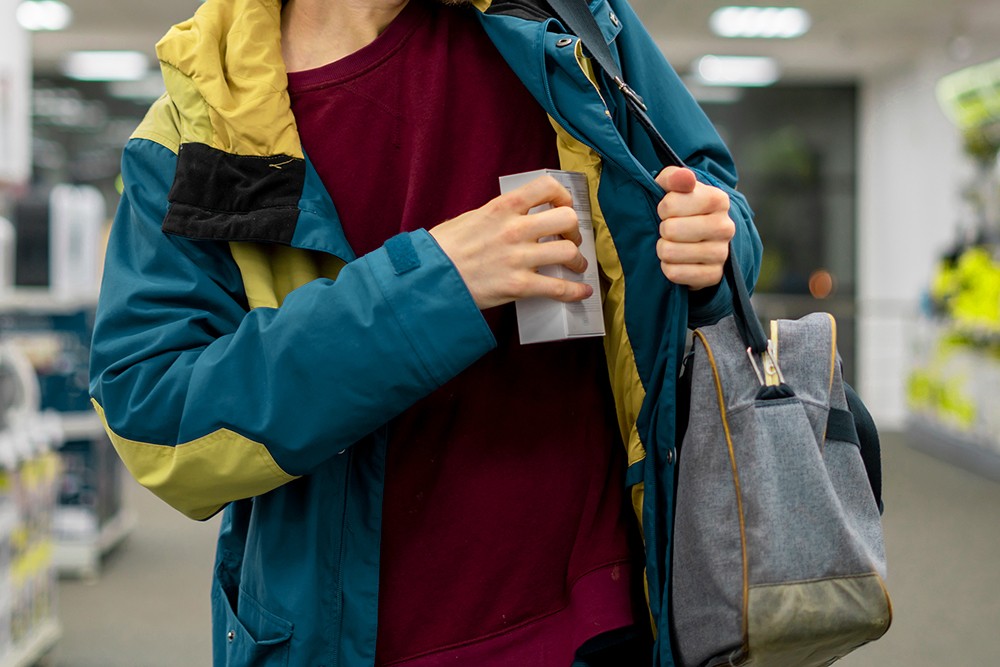Over the next six weeks, loss prevention will rank as one of the most important areas of focus for bricks and mortar stores as the sector looks to optimize retail’s peak period and prevent shoplifting.
In addition to strategies like electronic article surveillance and CCTV, staff awareness of what to be on the lookout for will play a critical role in reducing the spike in shoplifting that’s likely to occur.
But what constitutes suspicious behaviour and what should staff be aware of? Here are ten signs of suspicious shoplifting behaviour that all retail staff should know.
Avoidance
According to experts, body language is a key clue a shoplifting crime is about to take place. Potential shoplifters will often avoid eye contact and interaction with staff, may appear nervous, or fidget.
Meanwhile, if a customer spends more time looking up and around a store, rather than focusing and deciding on items, it’s a clear sign they are scoping the retail outlet for staff presence and security cameras, rather than perusing items they intend to legitimately buy.
Excess baggage
A couple of shopping bags are pretty normal for customers in a retail outlet, excess baggage like a backpack or an overly large handbag is not.
Large bags are often ideal for concealing items, and some even feature hidden panels to hide products or foil to interfere with older EAS.
Overly clothed
Even in winter, it’s rare that a customer will need to wear heavy and multiple layers of clothing within a climate-controlled retail environment. If they are, it is considered another key clue that someone’s intentions are less than honorable.
Excess clothing can be used to secrete stolen items, so anyone who is layered up should be observed carefully.
Regular visits, few purchases

Many shoplifters will often scope a store prior to committing the crime of shoplifting. That means they may visit an outlet on more than one occasion in order to get a feel for what items are available, how effective the security is and how attentive staff are.
If a consumer regularly visits an outlet without making a purchase, they might be more interested in what they can target rather than what they can buy.
Distraction
Often shoplifting involves more than one offender and between them their aim is to distract staff while stealing items.
If a customer is asking a lot of unusual questions, that can be a sign something’s not right. Meanwhile, a common tactic is to ask for items that are out of stock and request the staff member checks the storeroom, giving the “customer” the opportunity to steal.
Split groups
On that note, staff should watch for groups of people who enter the store and then split up or groups who assemble outside a shop.
These can be clues swarming is about to occur, or that they have the intention of implementing the distraction tactic.
Examining, but not buying
Although many customers love window shopping or browsing, there’s a distinct difference between that and biding time before committing a theft.
If a customer seems to be picking a lot of items up and then putting them down again without really engaging with the product, that might be an indicator their actual attention lies elsewhere.
Quick exits
They may not run, but most shoplifters will try to make a quick exit as they attempt to steal an item. Watch for customers who make a beeline for the exit, and who fail to interact with staff as they do.
Too many in the changeroom

Out of sight of sales associates, the change room is a key area where theft takes place. Stores should limit each cubicle to one person, count items in and out, and implement advanced technology like the Fitting Room Guard.
Loose price tags
Some shoplifters don’t just steal an item outright, they commit the theft by swapping tags to pay less than they should.
If a price tag doesn’t look right, or looks tampered with, this can be a key indicator a swap has taken place.
The final word
While there’s no one type of shoplifter and people from all races and walks of life can potentially be a thief, educating staff on the suspicious behaviour that often accompanies the crime goes a long way to identifying and preventing theft.
Staff should also be attentive to customers in general, while additional security measures such as EAS, CCTV, loss prevention personnel and good store layout can also be employed.
But one thing’s for sure, with peak period pending, peak shoplifting season is also underway.
You can directly purchase EAS security tags and labels here.
